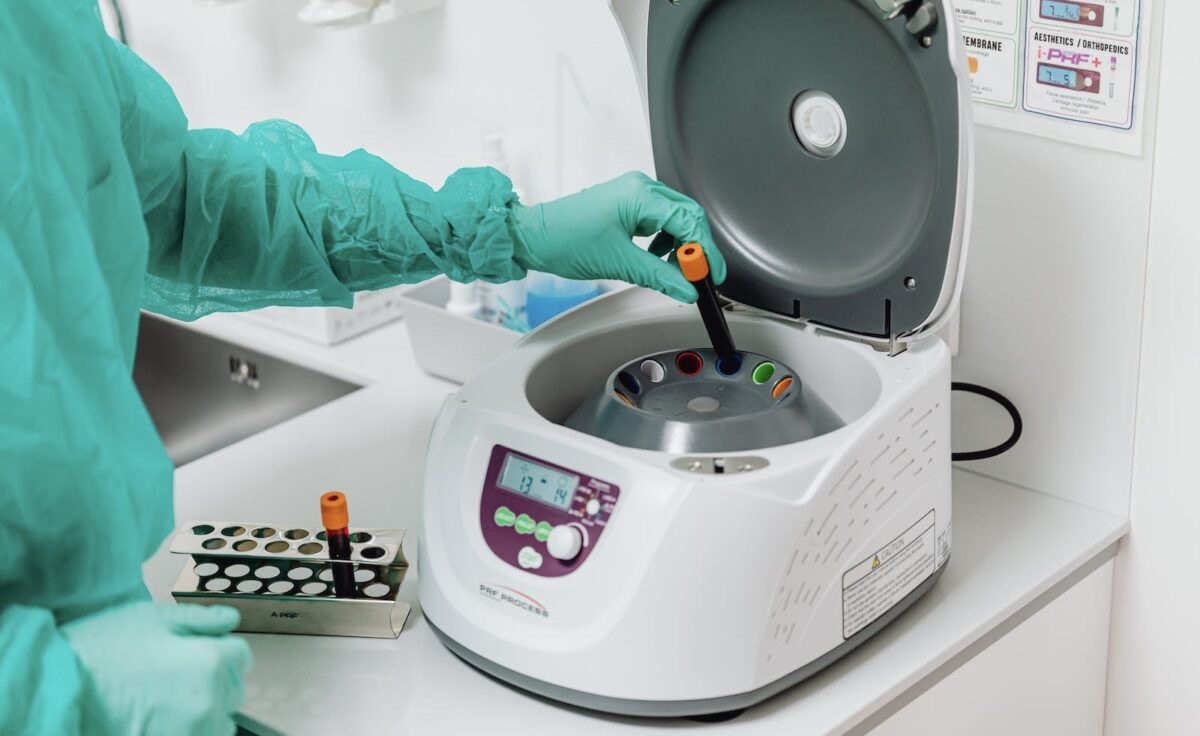PRP is sometimes used to treat androgenetic hair loss. The procedure involves taking a patient’s blood, spinning it in a centrifuge and separating the blood plasma from the rest of the components. This plasma which is rich in certain growth factors like Epidermal growth factor, Platelet derived growth factor, Fibroblast growth factor and other cytokines is injected into the scalp. Studies done in 2018 and 2017 suggested that PRP can help some patients.
Comparing PRP treatment success rate is difficult as different clinics follow different procedures. Some clinics offer injecting PRP every month, some every 3 months whilst other clinics every 4 months. Furthermore, the concentration of PRP injected varies, the type of machines and their settings also vary, the components used like sodium chloride amongst many other vary from one clinic to another.
All in all, there are more than a few hundred ways to carry out PRP procedure and this makes comparison difficult and this is one of the reasons that PRP is not FDA approved. The other reason is that using ones own blood and re-injecting doesn’t comply with the definition of a medicine by the FDA.
Some of the possible side effects of PRP at every stage are:
Drawing blood stage: Minor discomfort, local bruising, vasovagal reactions, nerve bruising (rare)
Administration of anaesthetic: minor pain and burning, pin point bleeding, local reactions to anaesthetic.
Injecting PRP stage: minor discomfort, pin point bleeding
Early recovery period (1-2 days): minor pain in scalp, forehead swelling, redness of scalp(rare)
Late recovery (2 months): Telogen effluvium (uncommon), atrophy at injection site
PRP is contraindicated in pregnant women, patients on blood thinners, patient allergic to any components including anaesthetics like lidocaine and low blood platelet count. Patients recovering from recent illness or fever can be asked to wait 60 days before PRP treatment.
Smoking and high intake of alcohol does reduce production of growth factors and for optimal result, patients may need to refrain from smoking and drinking alcohol for 4 weeks before treatment. Anti-inflammatories should be stopped 3 days before the procedure as these would reduce the inflammatory factors that are needed for PRP.
Although PRP can be beneficial, it is not a first line treatment for hair loss.

